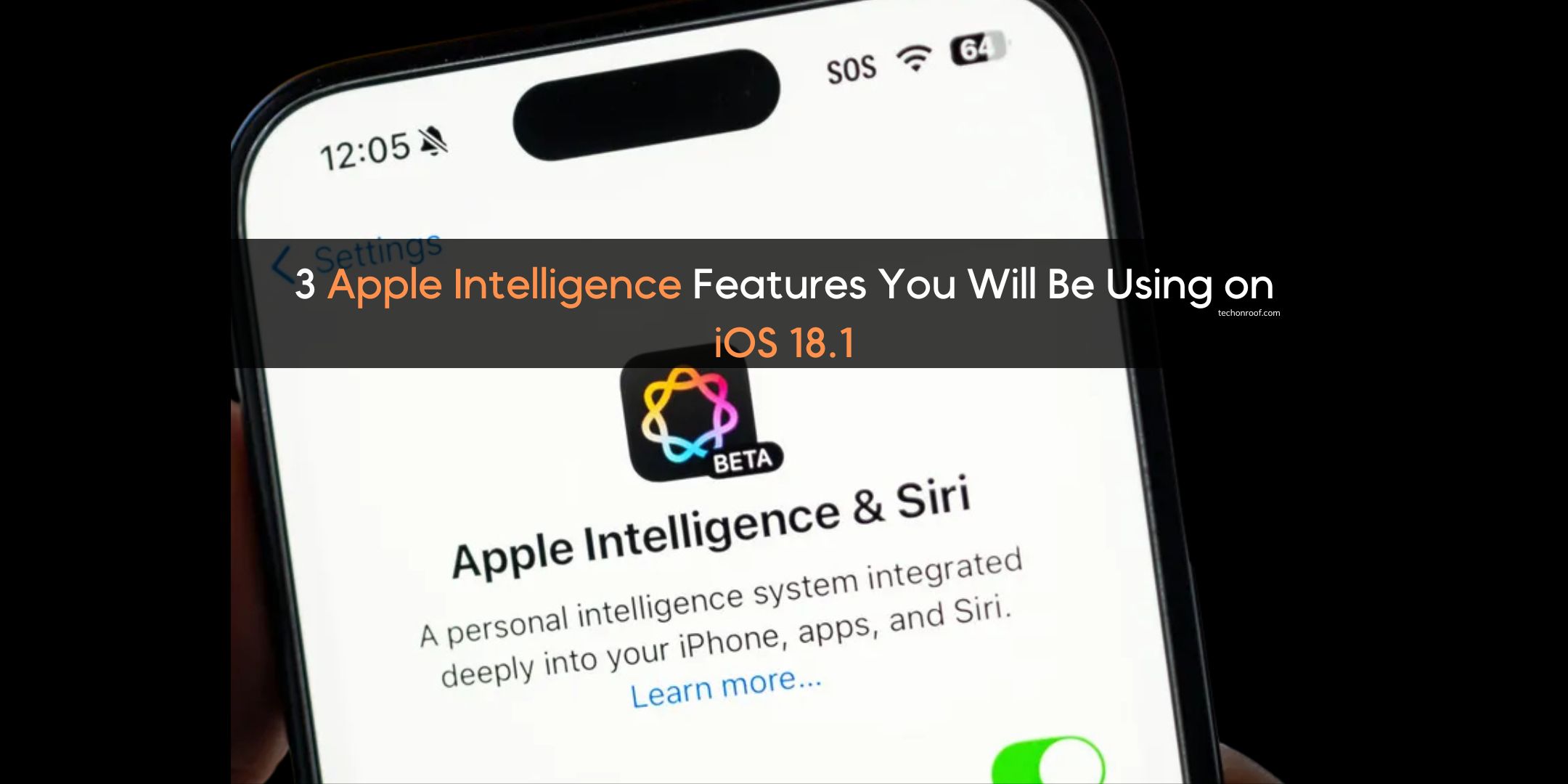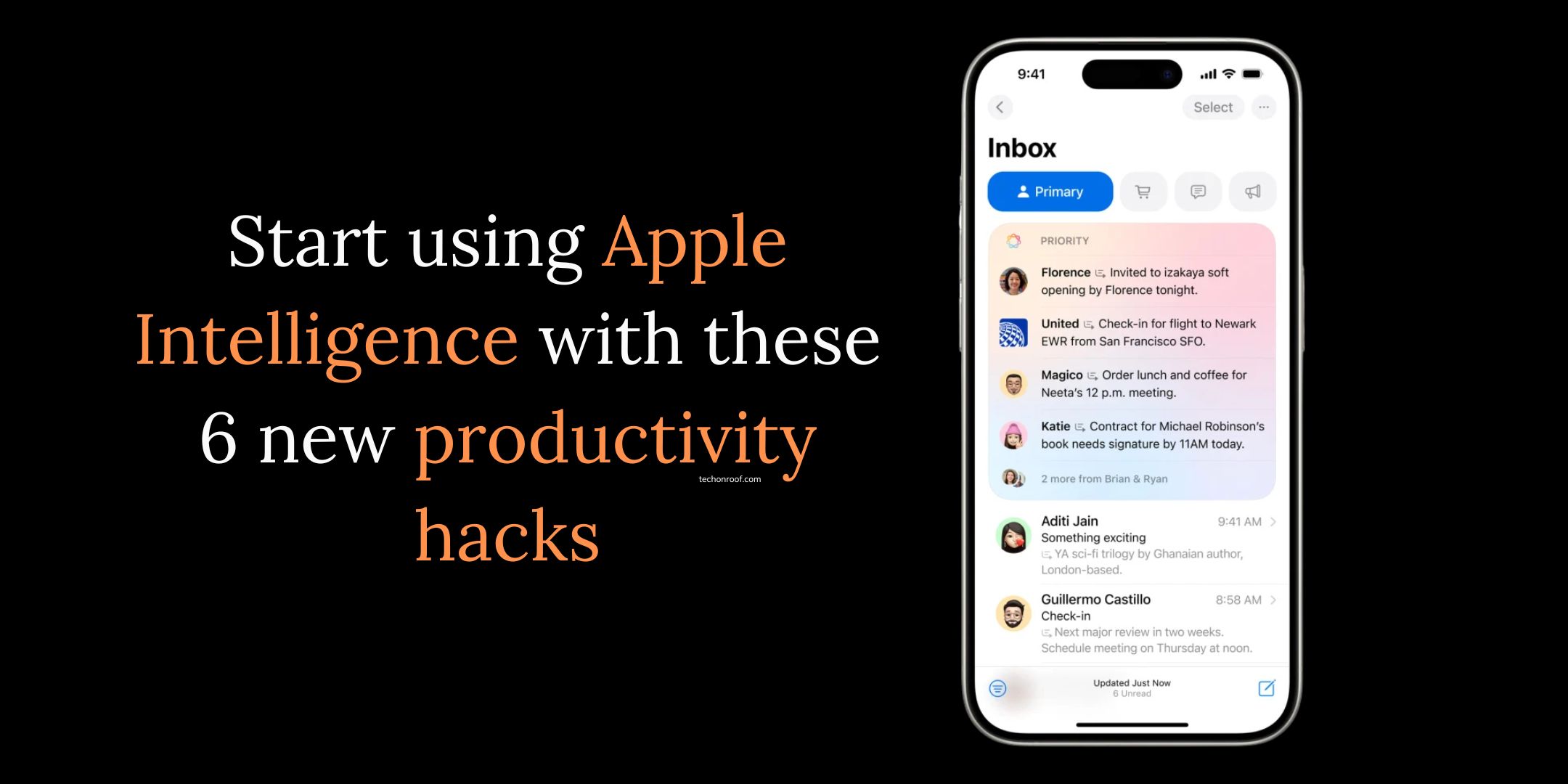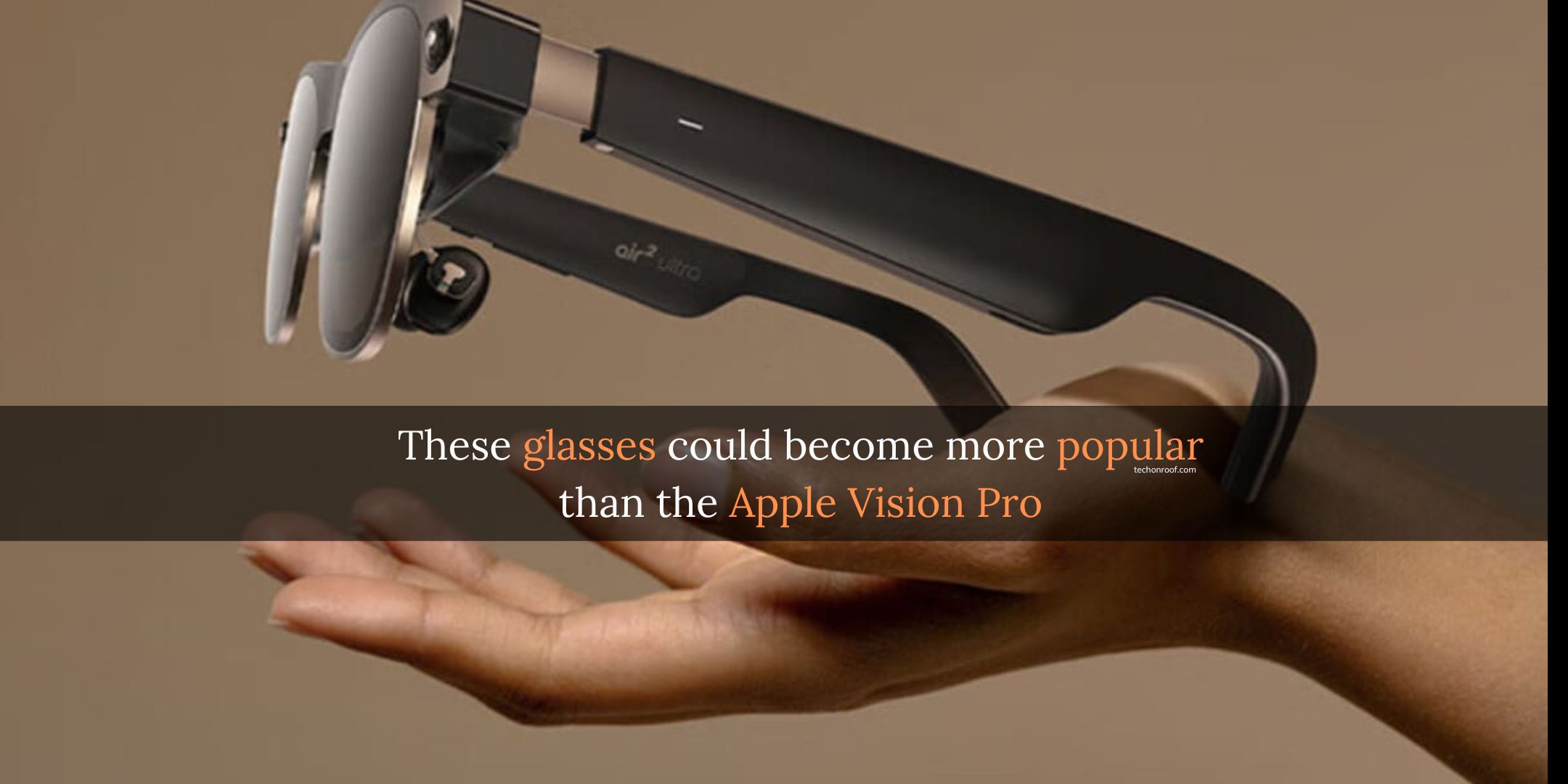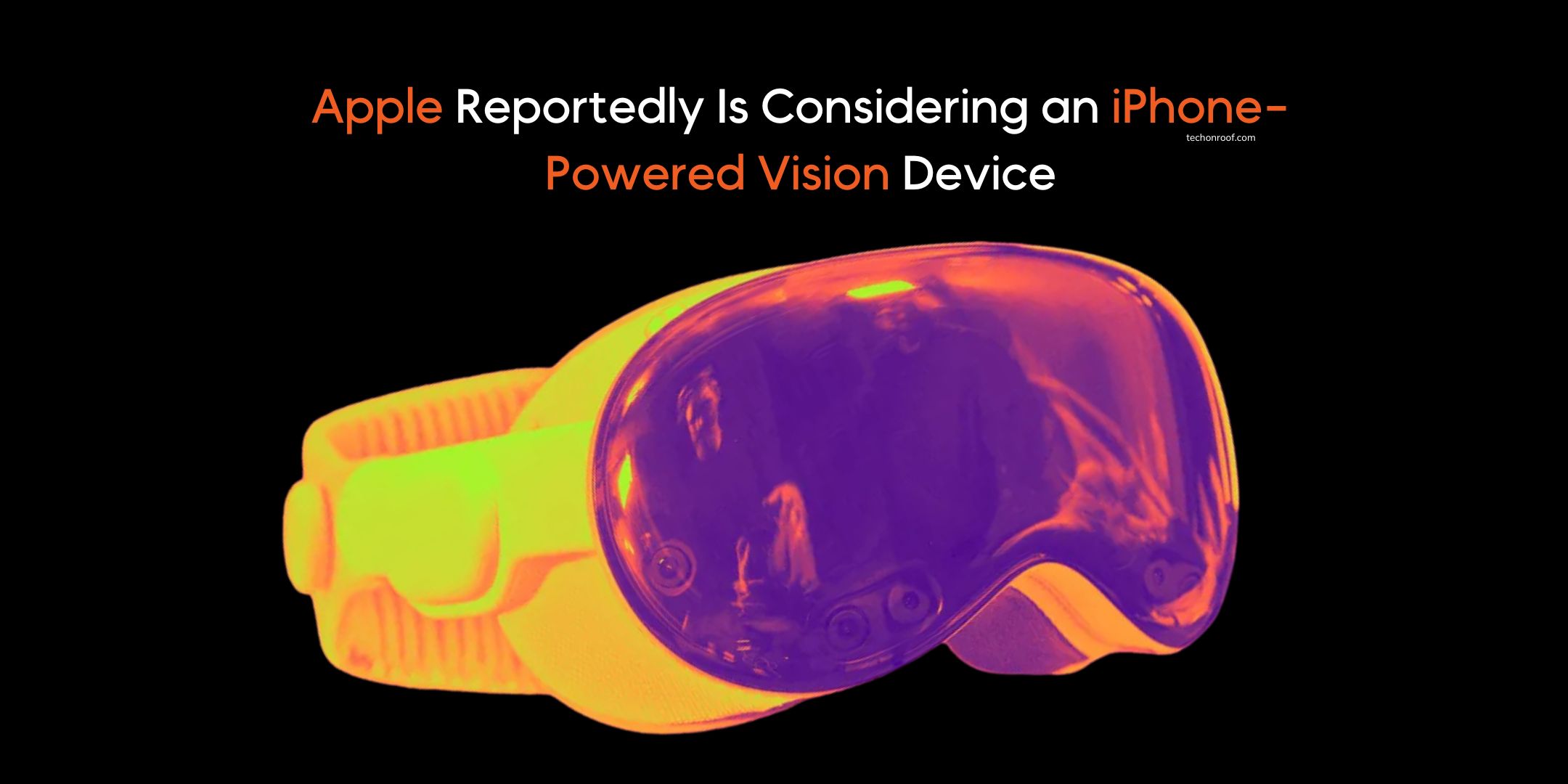Apple’s Visual Intelligence feature as Apple glasses, unveiled at Monday’s iPhone 16 event, was one of the most exciting highlights. This tool lets you use your iPhone’s camera to scan and understand the world around you. For example, it can identify a dog breed, copy details from a poster, or help you find information about things you see.
Read Also: Sale on Apple Products: Apple Watch Ultra 2, iPad Pro M4, AirPods, and More
This feature looks like a great addition to the new camera button on the iPhone. But it might also be a sign of bigger things to come. It could be laying the groundwork for Apple’s future products, like augmented reality (AR) glasses.
Imagine how Visual Intelligence could work with Apple Glasses. Instead of pulling out your phone to look up information about a new restaurant, you could simply look at the restaurant through your glasses, ask a question, and get the information right there.
Meta has already shown that smart Apple Glasses with AI can be useful for identifying things. Apple could take this concept and create a more polished and seamless experience with their own Apple Glasses. These glasses would likely connect to all your apps and personal information on your iPhone, making Visual Intelligence even more useful.
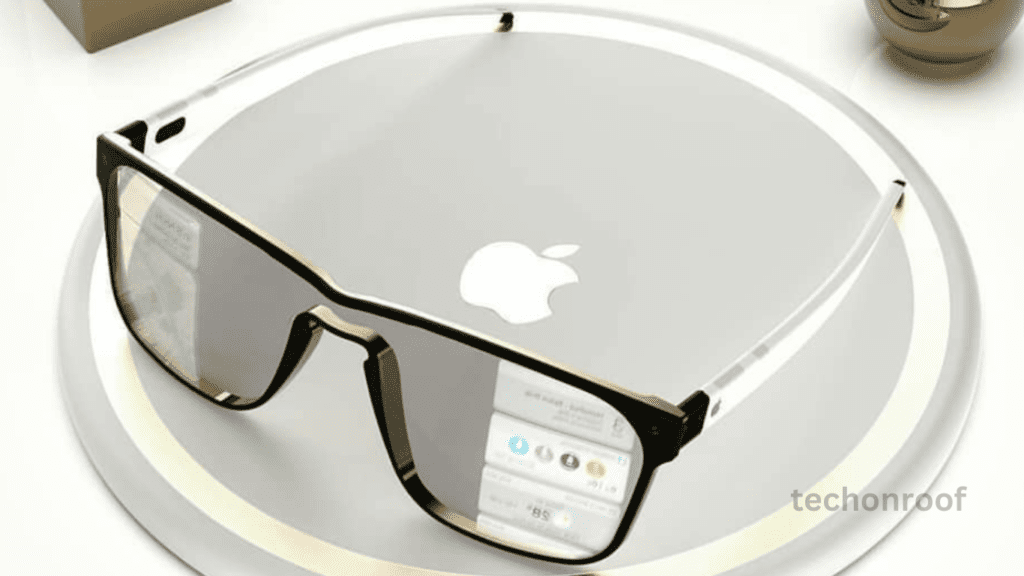
Currently, Apple has the Vision Pro, a headset covered in cameras. But people usually don’t carry this headset around outside the house, and they probably know most of what’s around their home. Reports suggest Apple is working on true AR glasses, which would be the ultimate goal for this technology.
However, Apple’s AR glasses might not be available for a while. Bloomberg’s Mark Gurman mentioned that a 2027 launch is being talked about, but it’s uncertain if they’ll be ready by then.
Whenever these glasses do arrive, they’ll need solid software to work well. Visual Intelligence could be the first step toward creating the perfect app for these glasses. By developing this feature now, Apple can fine-tune it before including it in their glasses.
Apple has a history of refining technologies over time. They worked on AR features in the iPhone for years before launching the Vision Pro, which is more of a VR headset but a step toward AR glasses. As Apple improves their hardware, they can also enhance software features like Visual Intelligence on the iPhone, and eventually integrate the best ideas into their glasses.
Other companies like Meta, Snap, Google, and Qualcomm are also investing in AR and mixed reality glasses. If Apple joins this competition, Visual Intelligence will likely be a key feature. Let’s hope it works well on iPhones first before it makes its way into glasses.


